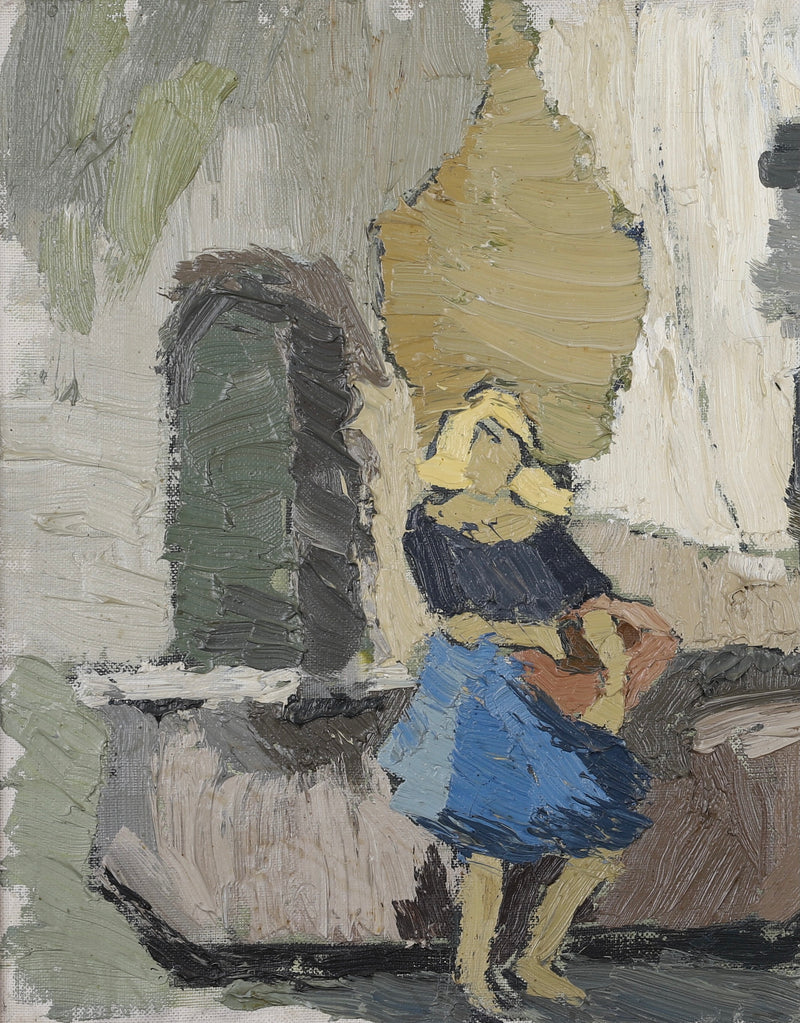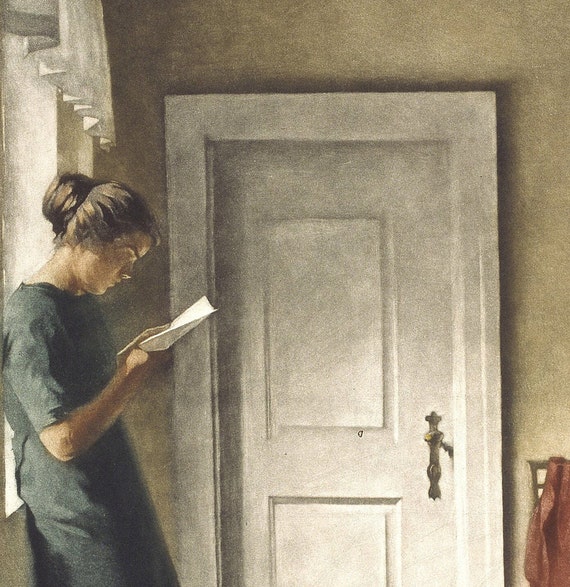The Evolution of Art: A Comprehensive Guide to Figurative Oil Painting
The Evolution of Art: A Comprehensive Guide to Figurative Oil Painting
Blog Article
A Trip Through the Globe of Figurative Oil Paint: Finding the Unique Characteristics and Psychological Depth of the Tool

Background of Figurative Oil Painting
Emerging during the late Center Ages and prospering throughout the Renaissance, metaphorical oil paint has an abundant history that reflects both artistic innovation and cultural advancement. Oil paints were utilized in Europe as a method to improve the luminosity and depth of shade in art work. Artists such as Jan van Eyck pioneered the tool, showing its prospective to capture detailed information and structures, thus enabling an extra realistic representation of the human kind.
As the Renaissance proceeded, distinguished figures like Leonardo da Vinci and Michelangelo increased the limits of figurative oil paint. They highlighted anatomical precision and point of view, developing jobs that conveyed feeling and narrative depth. The tool's adaptability allowed for trial and error with light and shadow, leading to the growth of chiaroscuro techniques that better enhanced the aesthetic experience.
Special Characteristics of the Tool
The evolution of metaphorical oil painting has actually been considerably affected by the distinct features of the medium itself. Oil paint, made up of pigments suspended in oil, uses musicians an exceptional versatility that permits a variety of appearances and finishes. Its sluggish drying out time enables precise mixing and layering, which can create depth and luminance unattainable in other mediums.
Additionally, oil paint's abundant pigmentation supplies vivid colors that maintain their strength with time. This characteristic is vital in metaphorical painting, where catching the nuances of skin tones and psychological expressions is extremely important. The ability to accomplish refined slopes and soft shifts improves the lifelike quality of subjects, allowing musicians to convey intricate moods.
In addition, oil paint adheres well to different surfaces, such as timber, canvas, and metal, expanding the range of creative expression. The tool's versatility supports different techniques, from in-depth realistic look to expressive brushwork, enabling artists to explore their individual styles.
Ultimately, the unique buildings of oil paint not just improve the visual experience but also encourage musicians to interact profound narratives, making metaphorical oil paint a deeply evocative art form.
Strategies and Designs Utilized
Within the world of figurative oil paint, musicians utilize a diverse selection of methods and styles that add to the deepness and splendor of their job. One popular technique is polishing, where transparent layers of paint are used over dried layers, allowing light to penetrate and mirror, improving luminosity and deepness. This method is often utilized to achieve a feeling of realism and intricacy in skin tones.
An additional technique is impasto, where thick layers of paint are used with a palette knife or brush, developing a textured surface area that adds a three-dimensional top quality to the painting. This design can evoke a visceral reaction, drawing the customer in through its tactile nature.
Musicians also check out various brushwork styles, from penalty, in-depth strokes that capture complex attributes to broader, a lot more expressive strokes that communicate activity and feeling (figurative oil painting). The choice of shade scheme considerably affects the overall mood of an item, with cozy tones frequently passing on feelings of comfort and trendy tones suggesting sorrowful
In addition, the integration of chiaroscuro, the contrast between light and shadow, enables musicians to create dramatic impacts that improve the narrative top quality of their job. Each technique and style is carefully selected to raise the customer's experience and understanding.
Psychological Deepness in Metaphorical Art
Psychological deepness offers as a cornerstone in figurative art, permitting artists to transcend mere representation and engage audiences on an extensive degree. This psychological vibration is usually achieved through the nuanced portrayal of human figures, expressions, and interactions. Artists harness the power of light, darkness, and shade to evoke feelings that resonate deeply with the audience, creating a natural link to the subject issue.
In metaphorical oil painting, the elaborate layering of paint can show the complexities of human emotion. The choice of scheme, whether cozy or trendy, plays a crucial duty in establishing the state of mind and environment of a piece. For example, softer hues might stimulate serenity and self-questioning, while bold, different shades can connect tension and drama.

Influential Artists and Their Functions
Countless prominent musicians have actually considerably formed the landscape of figurative oil painting, each adding one-of-a-kind point of views and strategies that continue to inspire modern makers. Among these artists, Lucian Freud attracts attention for his intense mental deepness and raw representation of the human form, typically obscuring the lines in between beauty and decay. Freud's works, identified by thick, impasto brushstrokes, invite audiences to face the intricacies of identity and vulnerability.

In A Similar Way, Andrew Wyeth's thorough realistic look in this hyperlink items like "Christina's World" captures extensive stories within apparently basic structures. His use of light and shadow evokes a feeling of fond memories and psychological vibration, attracting customers into the intimate worlds he depicts.
In the world of modern-day art, Kehinde Wiley has actually gotten recognition for his vibrant, epic portraits that challenge typical concepts of representation. By positioning individuals of color in contexts evocative classic portraiture, Wiley's job redefines the canon of art history.
These musicians, together with others, have not only enriched metaphorical oil painting yet have actually also increased the dialogue bordering society, identity, and feeling, making sure that the medium continues to be an important kind of expression in the art world. figurative oil painting.
Verdict
In conclusion, figurative oil painting stays an effective tool that envelops the complexities of human emotion with its abundant coloring and functional strategies. The journey through figurative oil painting exposes its a knockout post long-term significance in the art world.
The exploration of figurative oil paint uses an extensive understanding into the interplay of technique, emotion, and historic context that specifies this age-old tool. Oil paint, made up of pigments put on hold in click here now oil, supplies artists an exceptional adaptability that permits for a vast array of finishes and structures.Within the realm of metaphorical oil paint, musicians use a varied variety of strategies and designs that add to the depth and richness of their work.Various influential artists have considerably shaped the landscape of figurative oil paint, each contributing special perspectives and techniques that proceed to influence modern designers.In final thought, figurative oil painting continues to be an effective medium that encapsulates the intricacies of human feeling with its rich coloring and functional methods.
Report this page